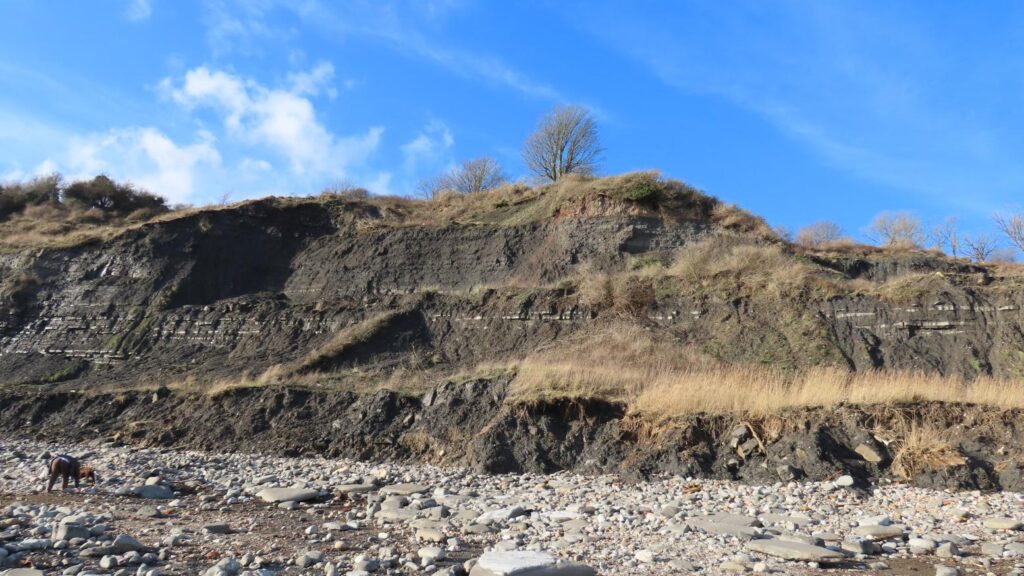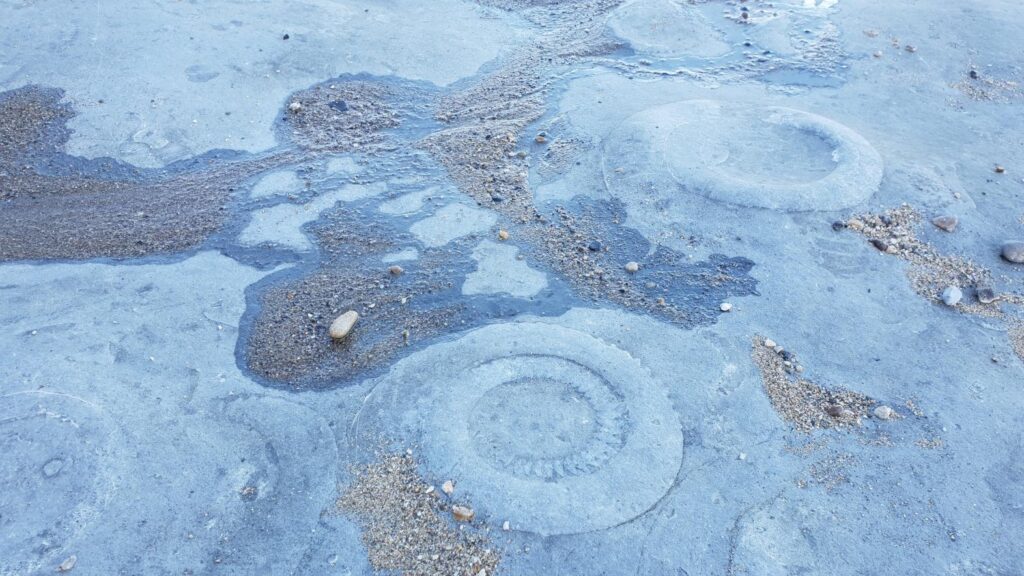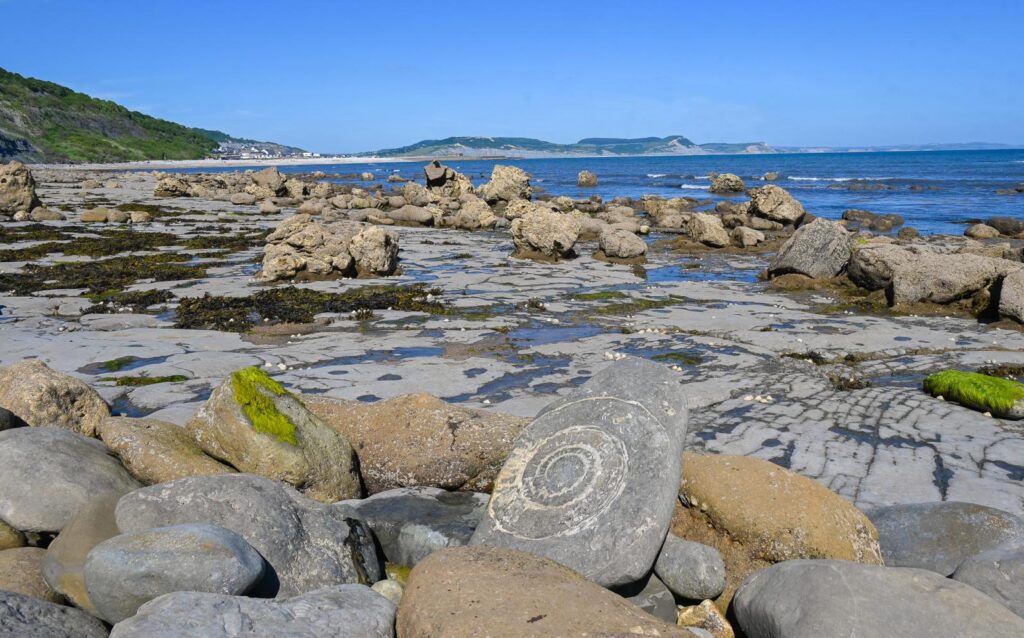Menu
Lyme Regis sits at the heart of the Jurassic Coast, a 95 mile stretch of coastline declared a UNESCO World Heritage site in 2001 for its remarkably rich geology.
The fossils at Lyme Reigs have been formed from rocks between 65 and 250 million years ago. Pioneering paleontologist and fossil collector Mary Anning collected fossils here in the early 19th century, making some of the most important discoveries of the age. Today’s fossil hunters follow in her footsteps, scouring the beaches, particularly after stormy weather which often leads to erosion and mudslides which expose the ancient rocks and fossils.
Fossil hunting is a very interesting activity to do whilst in Lyme Regis and will provide hours of entertainment! All of the below sites are within a 15 minute walk of one another and a short stroll form our properties.
Lyme Regis was the home of famed palaeontologist and fossil collector Mary Anning. It makes it the perfect place to learn a little more about the fossils of the Jurassic Coast – and even hunt for some yourself, you may find a few ammonites!
With the regular landslides from the ever-shifting cliffs, there are often treasures to be found amongst the gravel and shingle! You can even take a fossil hunting tour, such as the ones run Lyme Regis Museum which are a great trip out (especially with the kids).
Black Ven, located between Lyme Regis and Charmouth, is Europe’s largest coastal landslide with regular cliff falls and large mudslides revealing new fossils. To the west of Lyme Regis is Monmouth Beach with its spectacular ammonite pavement.
The beach is approximately a 15 minute walk driectly from a car park that sits above the landmark. The walk is across a steep path and steps down onto the beach, so you’ll definitely need appropriate footwear for the trip! But the views and setting are incredible, and well worth it.
When going onto the beach always check the tide times. The best time to go is when the tide is going out.

Photo credit: Love Lyme regis


Photo credit: Love Lyme Regis
At the western end of Monmouth Beach in Lyme Regis heading towards Seven Rock Point and Pinhay Bay, you’ll find a spectacular graveyard of fossils known as the Ammonite Pavement. Here the remains of thousands of ammonites, an extinct group of marine molluscs, are embedded in the limestone ledge. The rocks record a time 199 million years ago, when marine ecosystems were returning to normal after the Late Triassic period mass extinction. The main species is the dinner plate-sized ammonite, Coroniceras. Most of the ammonites have a well-preserved outer coil and a crushed middle. Some of the remains stand proud of the limestone where the softer rock has been eroded away.
The ledge is exposed at low tide and extends from the base of the cliffs. Many of the surrounding boulders contain large fossil ammonites.
According to the Natural History Museum, the fossil ledge is the only one of its kind in the world – nowhere else features so many big ammonites, which are up to 70 centimetres in diameter.
The only way to access the Ammonite Pavement is to walk along Monmouth beach at low tide in a westerly direction and you will come across the limestone ledge. There is no access from Ware Cliff, despite what Google maps may say!